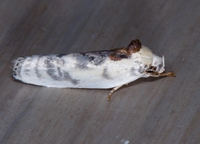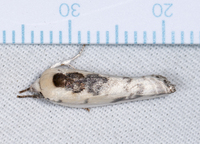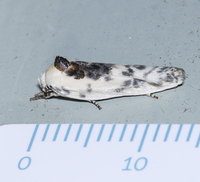
| Recorded by: Jim Petranka, Becky Elkin and Marilyn Westphal. on 2025-09-05
Henderson Co.
Comment: | 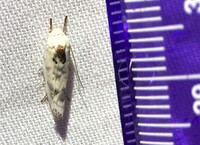
| Recorded by: Dean Furbish and Joy Wiggins on 2025-09-02
Wake Co.
Comment: |
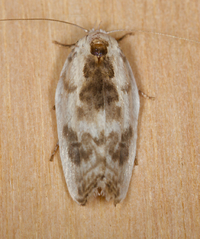
| Recorded by: Jim Petranka, Becky Elkin, Marilyn Westphal, Nora Murdock on 2025-08-25
Henderson Co.
Comment: | 
| Recorded by: Mark Basinger on 2025-08-18
Wilson Co.
Comment: |
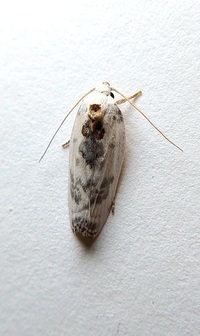
| Recorded by: Mark Basinger on 2025-08-11
Ashe Co.
Comment: | 
| Recorded by: Mark Basinger on 2025-06-05
Wilson Co.
Comment: |
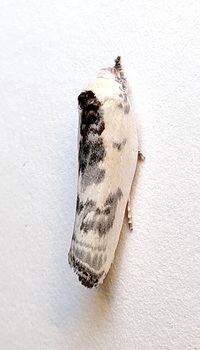
| Recorded by: Mark Basinger on 2025-06-05
Wilson Co.
Comment: | 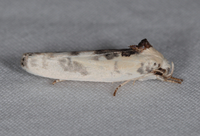
| Recorded by: Jim Petranka and Becky Elkin on 2025-05-23
Richmond Co.
Comment: |
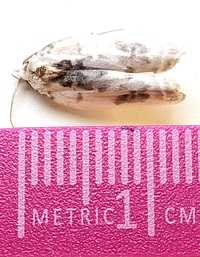
| Recorded by: Mark Basinger on 2025-05-23
Wilson Co.
Comment: | 
| Recorded by: Jim Petranka, Mark Basinger and Becky Elkin on 2025-05-18
Buncombe Co.
Comment: |

| Recorded by: Chuck Smith on 2025-05-16
Davidson Co.
Comment: | 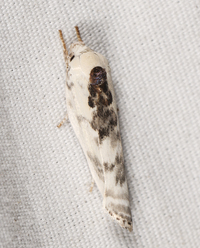
| Recorded by: John Petranka, Jim Petranka and Becky Elkin on 2025-05-09
Cumberland Co.
Comment: |

| Recorded by: Jeff Niznik, David George on 2025-05-09
Cumberland Co.
Comment: | 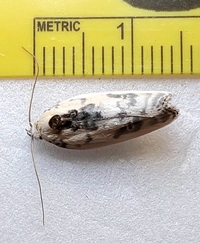
| Recorded by: Mark Basinger on 2025-05-06
Wilson Co.
Comment: |

| Recorded by: Mark Basinger on 2025-04-30
Wilson Co.
Comment: | 
| Recorded by: Jim Petranka on 2025-04-27
Madison Co.
Comment: |

| Recorded by: Mark Basinger on 2025-04-18
Brunswick Co.
Comment: | 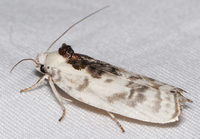
| Recorded by: John Petranka, Jim Petranka, Becky Elkin on 2025-04-14
Bladen Co.
Comment: |
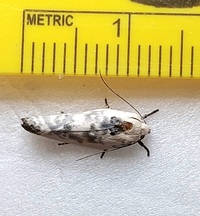
| Recorded by: Mark Basinger on 2025-04-10
Wilson Co.
Comment: | 
| Recorded by: David George, Jeff Niznik on 2025-04-05
Chatham Co.
Comment: |
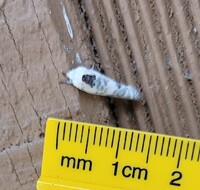
| Recorded by: Michael P. Morales on 2025-04-03
Cumberland Co.
Comment: | 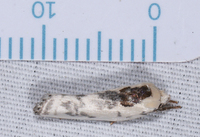
| Recorded by: John Petranka on 2024-09-22
Orange Co.
Comment: |
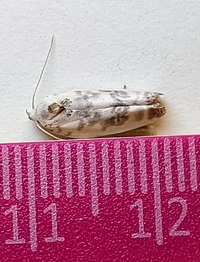
| Recorded by: Mark Basinger on 2024-09-05
Wilson Co.
Comment: | 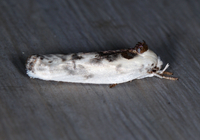
| Recorded by: Jim Petranka on 2024-08-14
Madison Co.
Comment: |
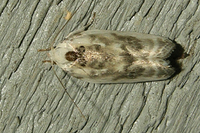
| Recorded by: Owen McConnell on 2024-08-12
Graham Co.
Comment: | 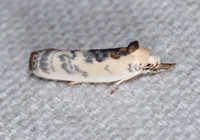
| Recorded by: Jim Petranka on 2024-08-03
Madison Co.
Comment: |
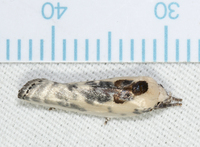
| Recorded by: John Petranka on 2024-07-31
Orange Co.
Comment: | 
| Recorded by: Mark Basinger on 2024-07-29
Wilson Co.
Comment: |
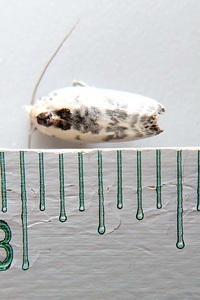
| Recorded by: Mark Basinger on 2024-07-27
Rowan Co.
Comment: | 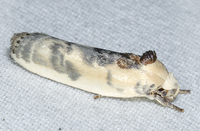
| Recorded by: John Petranka on 2024-07-26
Orange Co.
Comment: |
|

 »
»
